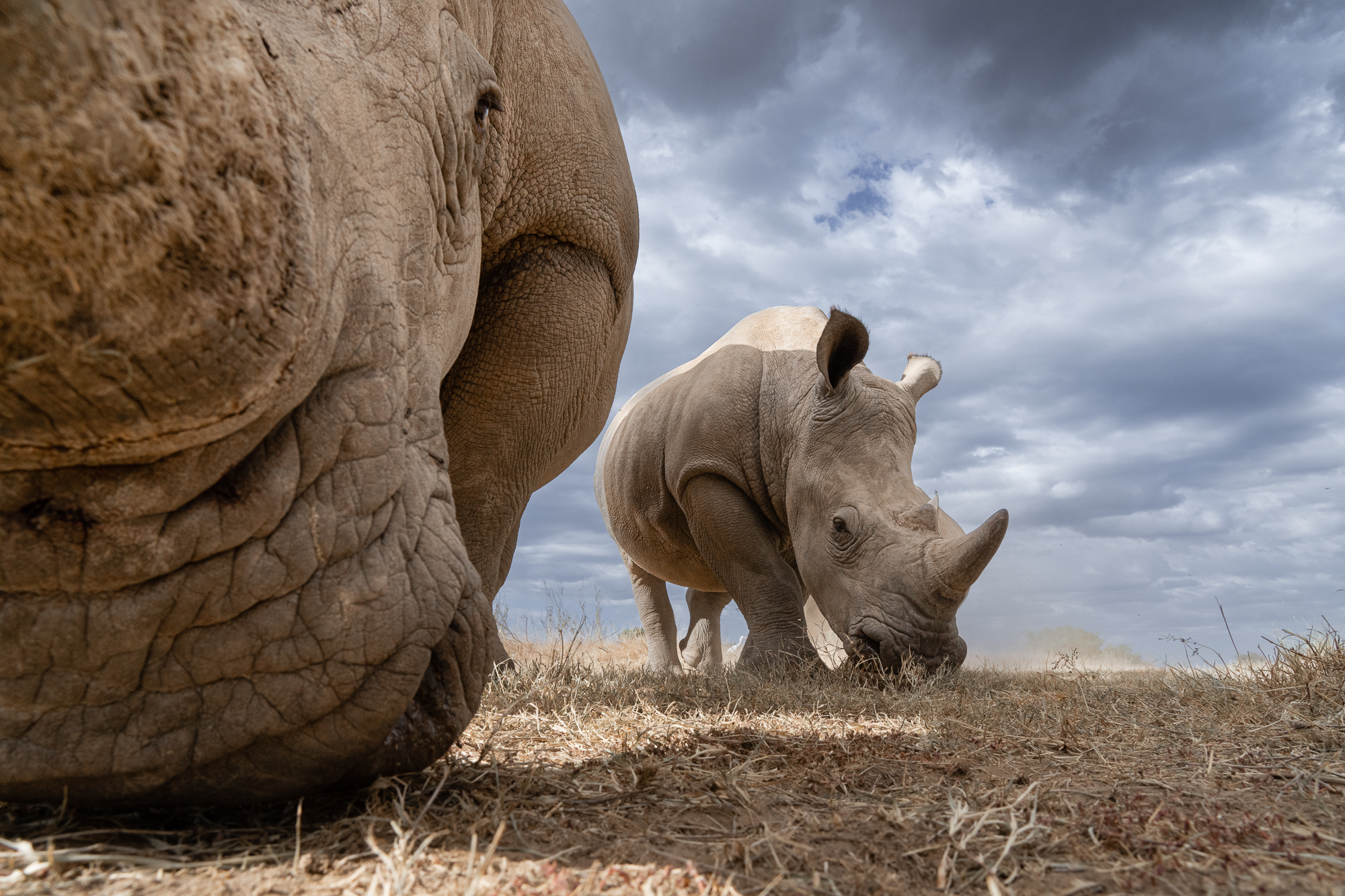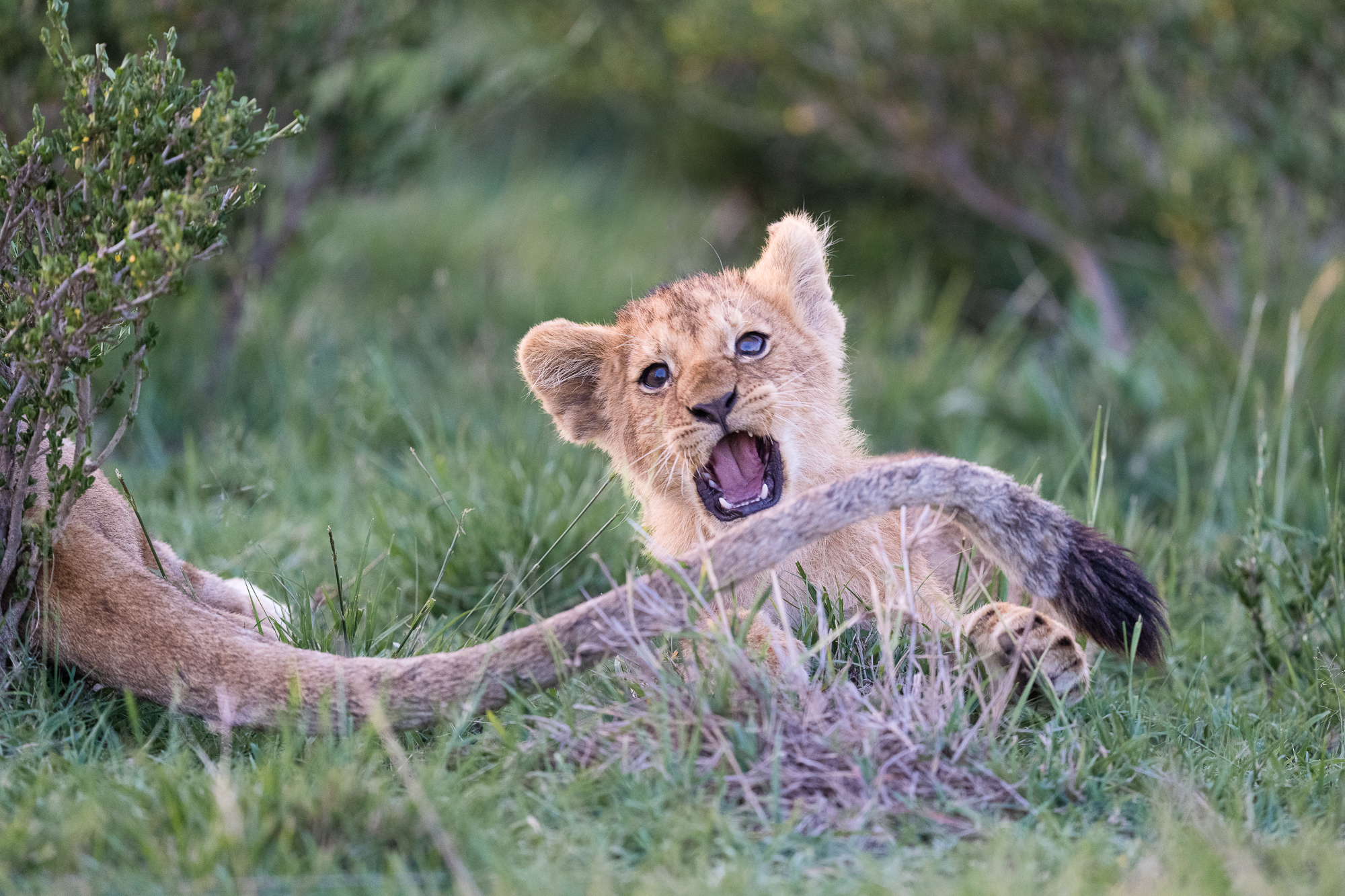Ask photographers (or God help you, the internet) what makes a good photograph and it won’t be long before someone says, “a good photograph tells a story.” I don’t think that’s true. Not always. I think there are spectacular photographs that tell no story at all. They leave an impression. They elicit an emotional response. Others provide information. And if you’re not one of those photographers with “visual storyteller” printed on your business card, you need to know that your work is no less important. A lot of poems don’t tell stories, but it would be absurd for all the poets out there to feel like they should instead be short story writers or novelists.
An article from CameraWorld U.K. asserts, “Photographs tell a story when they incite an emotional response.” But many photographs do this well without telling a story. Abstracts. Expressionism. Impressionism. The article went on to say, “the best photos tell stories by prompting viewers to question what happens next.” This is partly true; photos that prompt viewers to question what happens next can be powerful, but not all photographs are about a happening.
Good photographs don’t necessarily tell a story any more than good writing must always tell a story. But storytelling is powerful, and the photographer who understands what makes stories powerful can use those same elements in photographs that don’t necessarily tell a story but leverage some of the same powerful elements to create powerful responses in us.
The question worth asking is, “how do we experience stories?” and then applying that to the kind of photographs we make. So stop reading and take a moment to ask yourself what makes a good story for you. What hooks you?
It’s important because even if the best photographs told a story (which, to be clear, I believe is untrue), we have to remember not all stories are good stories. Not every story connects or resonates.
So what makes a good story for you? This matters because if you can’t say what makes a good story, then there’s no hope of putting those elements into a photograph. Even if you don’t make “storytelling photographs,” you owe it to yourself to understand why stories are so important to humans that we’ve been called “the storytelling animal” because if you know why we resonate with stories, you can make photographs that press the same buttons.
This is not about how to tell stories with your photographs; it’s about how to make photographs that press the same buttons as good stories. Though if you understand these ideas, you’ll probably tell better stories as well.
Stories Have a Point of View.
All stories are told from a point of view—most of them by a narrator—and there are all kinds of ways a narrator might tell that story. How interesting the story is can be strongly influenced by how interesting you find the narrator. Sure, they tell you what’s happening, but the choices they make—what they leave in, what they leave out, the order in which they tell the events, and more—help determine whether you like the narrator, trust them, connect with them, and ultimately whether you enjoy the story.

A photograph with an interesting point of view can also pull us in. That point of view might be conveyed by where the photographer stands, which lens they opt to use, or the moment they choose. It could be a choice of shutter speed or the careful use of depth of field. But there were choices made, and the more interesting those choices are, the more likely it is that a particular point of view is put forward, as in “look at this, and look at it in this way.”
Are you being intentional about your point of view? Not only where you place the camera (though that’s huge) but also in your other choices.
Stories Have Characters We Connect With.
Not every image has a person or an animal in it, but many do, and the photograph will connect better when you make choices that allow the person responding to the image to connect with the characters. That doesn’t mean we have to like them, but you have to tell us something about them. I don’t need to know their whole life story, but the details you choose matter. What do the clothes tell me about the life they live and where they live it? What are they holding in their hands that tells me what they do or what might be about to happen? What does the look on their face tell me about who they are and what’s important to them? Individually these might not “tell a story,” but they might hint at one and make me care or, better yet, make me wonder.

Stories Have Mystery.
Wonder comes from mystery, from not knowing everything. A good storyteller knows that if everything is buttoned up and nothing is left unresolved, then there’s no work left for the imagination—and the imagination is too powerful to ignore.
Leave me something to wonder about, and I’ll remain more engaged than if you tell me everything.
Generally speaking, the more you include in your photograph beyond what is absolutely necessary, the more diluted it becomes. More information does not mean more impact. Often, it’s the opposite. So let elements of your image remain in shadow, allow a hand to enter the frame with no suggestion of who it belongs to, choose moments when the person in the frame looks out of frame and make me wonder what they’re looking at. Will it “tell a better story?” Not necessarily, but the same technique used in good storytelling can work for the same reasons in good photographs: mystery hooks us. It engages the imagination.
Stories Have Setting.
Stories take place somewhere and usually somewhen, to coin a word; stories with a strong sense of place and time pull us in. Yes, they help the story make more sense in an informational way, but they can also establish mood. They can pique our interest because the way the narrator describes the place we feel like we’re there. We feel immersed in it or that we want to be immersed in it. A photograph of Venice might not tell a story, but it can still be powerful because we resonate with the way the photograph shows us the place. We feel it. We long for it. For those of us who have been there, you’ll be tapping into all the memories we have of the place, and memories, as science tells us, are just the stories we tell ourselves about events in our past.
The photographer who can wrap their mind around the idea of showing a sense of place or time in a way that has mood, in a way that feels a certain way (which might be as simple as getting out of bed a little earlier to photograph in beautiful light or seeking fog or rain) will not necessarily tell a full story but can create an image that resonates with the viewer in ways that great stories do.
Stories Have Conflict.
Something happens in a story. It’s one reason still photographs are so limited in what they tell in one frame, and it’s why I’m more comfortable saying a single frame can probably imply (or suggest) a story than really tell it. A story has a beginning, middle, and end, and most still photographs do not. But it’s more than just “something happens.” No one makes a movie of a person walking across the street. But make it hard for that person to cross the street, give them a challenge or an obstacle, and might become a story. Make it a challenge we identify with, make the stakes high enough, and we’ll really get into it.
Most still photographs don’t have conflict. But they do have contrast. Or, rather, they can. And when you make that contrast clear enough, we lean into the image in the same way we do with conflict in a movie. We notice contrasts and juxtapositions. They imply something. And if you make choices that amplify those juxtapositions—really make them clear, perhaps with your framing or choice of moment or a lens that makes background elements seem as large as foreground elements against which you are comparing them—then you’ll engage my attention.
Human beings notice differences. We compare and contrast, so do this well in your photograph, and though you may not tell a full story, you’ll be using a tool that storytellers have used for thousands of years.
There’s a reason so many stories are about opposites: love and solitude, rich and poor, good and evil. We know that something’s gotta give, and one will prevail. But which one?

Storytelling is powerful, not only for the photographer hoping to “tell stories” but for any picture-maker. If you want your work to connect to the human being who will experience it, then you need to be aware of how that human being might experience it and which tools you might use to make that experience stronger. Choose a bolder point of view. Give us stronger characters, better yet give us characters with character. Don’t only give us a setting, give us a real feeling of place and time. Resist the urge to show us everything, leave something to the imagination. And become more aware of contrasts and juxtapositions. We resonate with these elements of storytelling. They aren’t the only things we resonate with, but they are powerful.
For the Love of the Photograph,
David
Source link



Leave a Reply